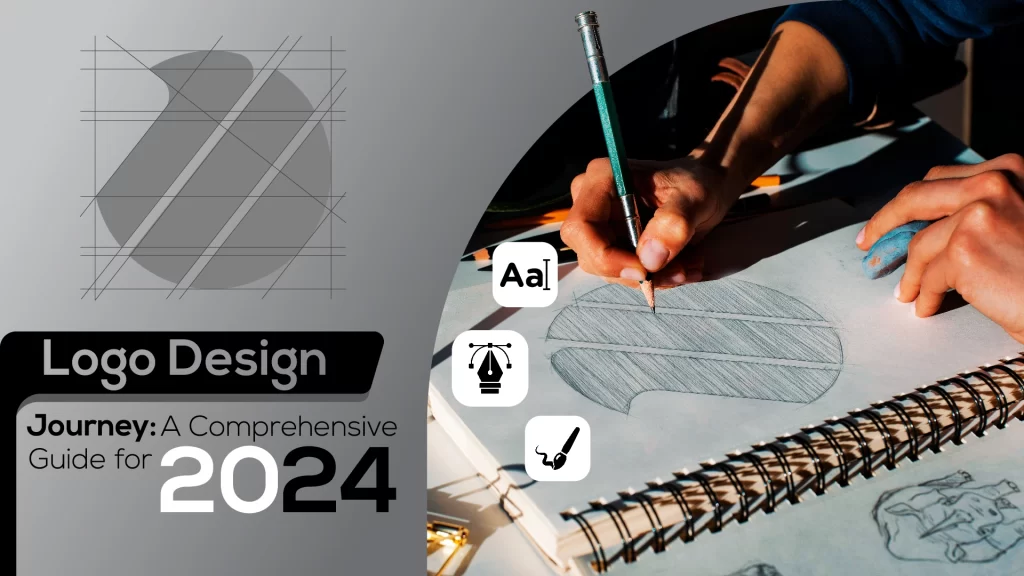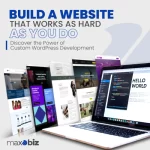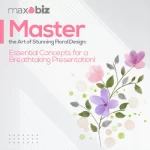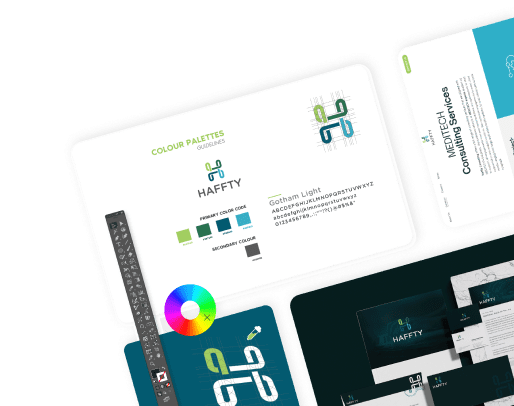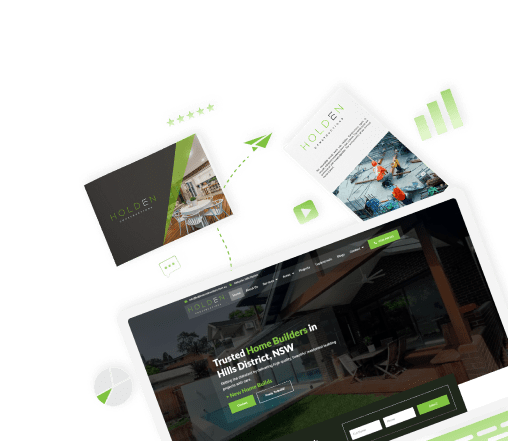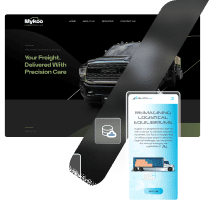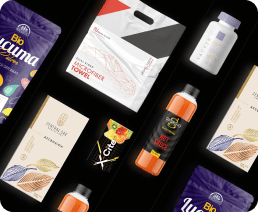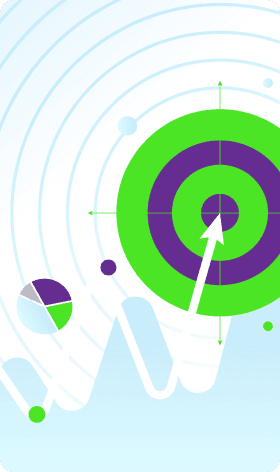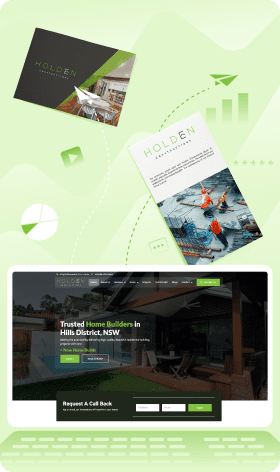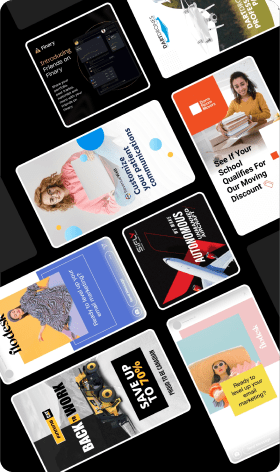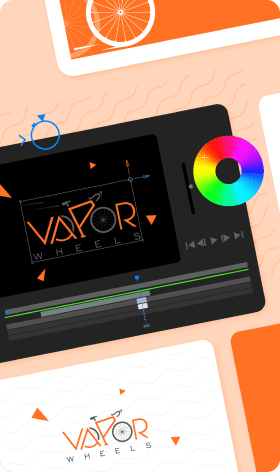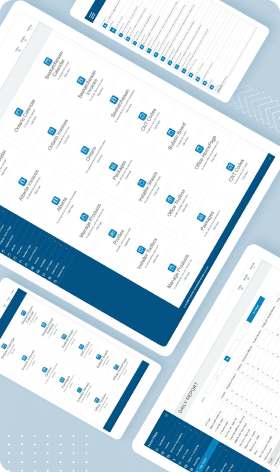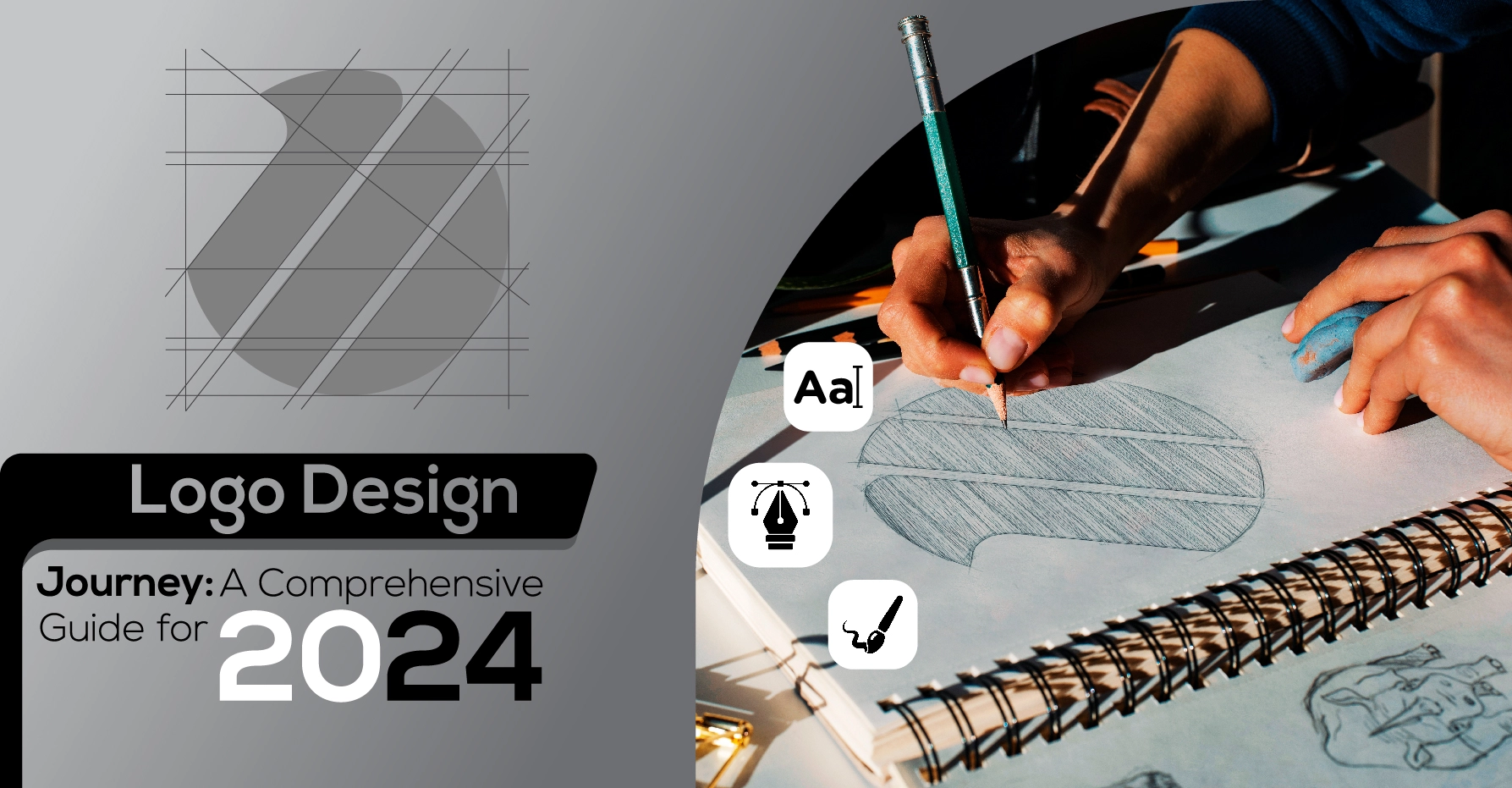Logo Design Journey:
A Comprehensive Guide for 2024!
In today’s competitive market, a captivating logo is more than just an attractive symbol,it’s the cornerstone of a brand’s identity. It’s the first impression, the visual anchor that connects with audiences on an emotional level and ignites brand recall. Crafting a logo that embodies your essence and resonates with your audience requires a meticulous and strategic process. This guide offers a comprehensive roadmap, unveiling the secrets behind effective logo design and leading you through the step-by-step journey of bringing your vision to life.
The Essence of Effective Logo Design:
Before embarking on the design process, let’s delve into the fundamental principles that define a truly impactful logo:
Simplicity:
A well-designed logo should be effortless to understand and remember. Avoid cluttering the space with excessive details or intricate elements. A logo is most effective when it resonates with a single, clear message.
Versatility:
Your logo is your brand ambassador across various platforms and applications. Ensure it adapts seamlessly to different sizes and formats, from social media icons to billboards.
Uniqueness:
In a world saturated with brands, stand out from the crowd. Forge your own identity with a logo that reflects your brand’s personality and distinctiveness.
Memorability:
Strive for a design that creates a memorable impact. The goal is to create instant recognition and brand recall, allowing your logo to become synonymous with your brand identity.
Timelessness:
Avoid chasing trends; instead, choose a design that will remain relevant and impactfull for years to come. Opt for a timeless aesthetic that transcends fleeting trends and establishes enduring brand recognition.
From Concept to Creation: The Logo Design Journey
The journey towards your final logo unfolds through distinct phases, each requiring dedicated focus and meticulous attention to detail!
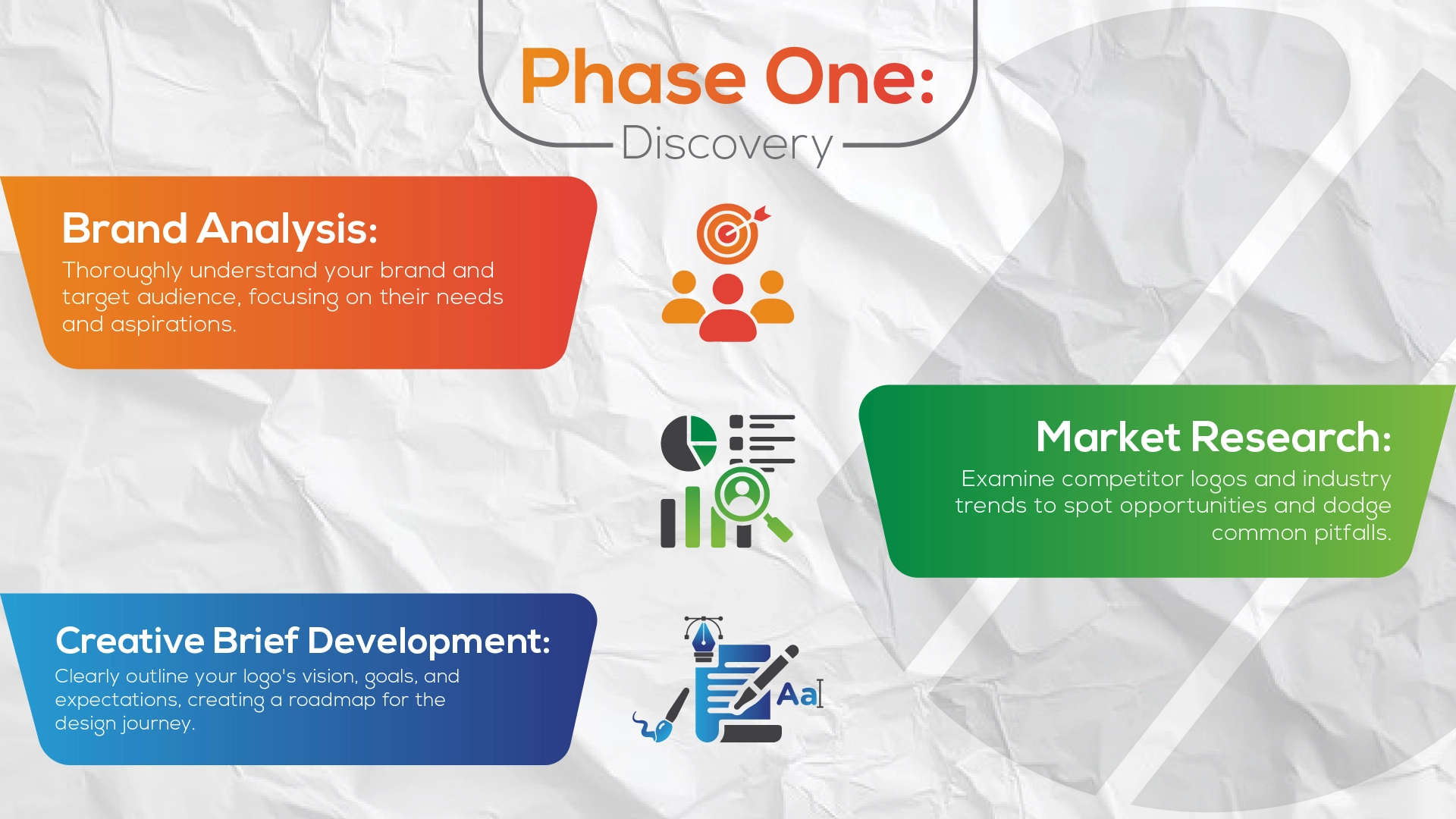
Phase One: Discovery:
This phase lays the foundation for your logo’s success. It involves:
Brand analysis:
Deep dive into your brand identity and target audience to uncover their needs and aspirations.
Market research:
Analyze competitor logos and industry trends to identify potential opportunities and avoid pitfalls.
Creative brief development:
Outline your vision, goals, and expectations for the logo.This document serves as a roadmap for the entire design process.
Phase Two: Exploration
Here, ideas come to life through:
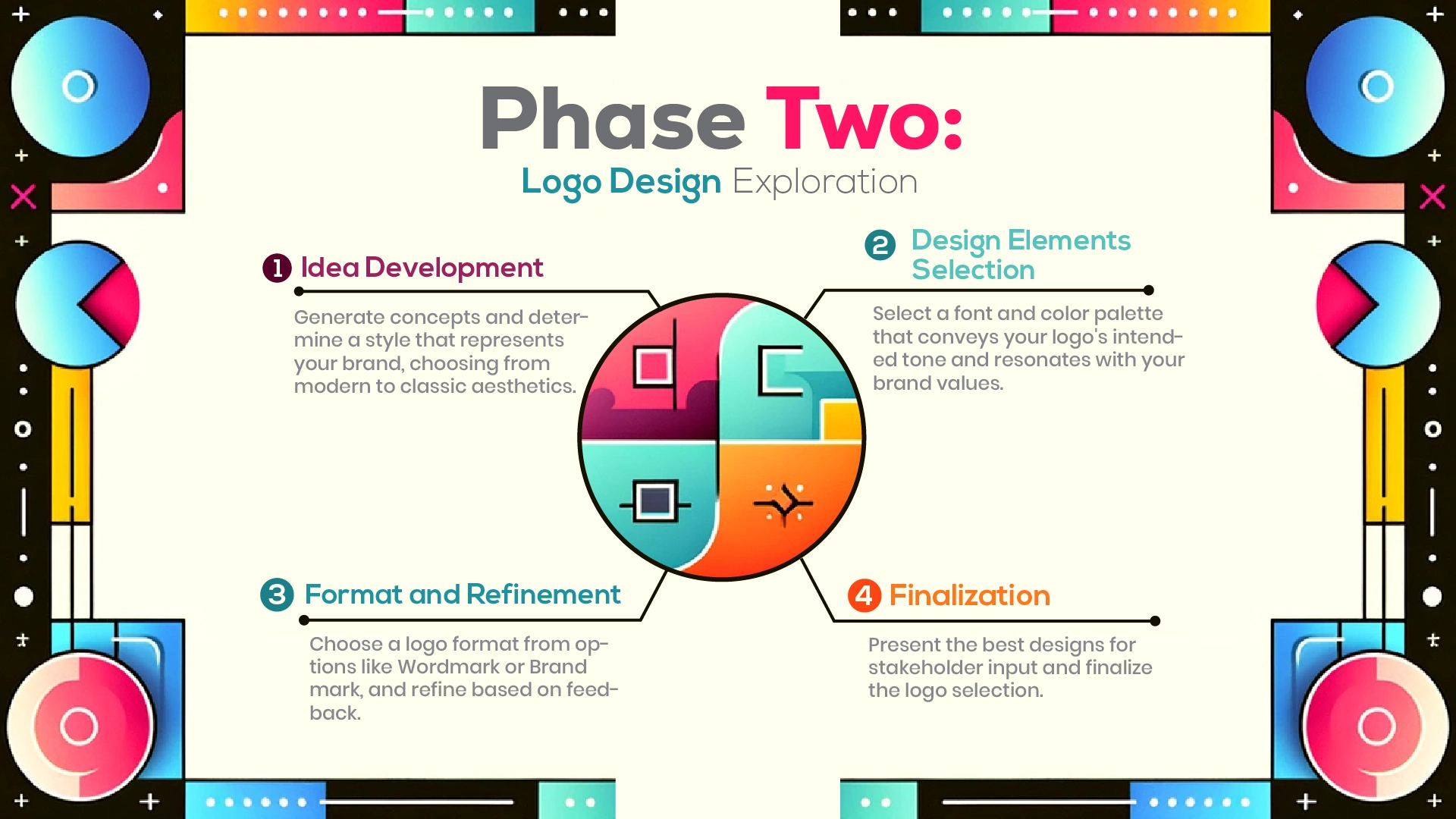
Concept generation:
Brainstorm and explore various design options, sketching out ideas and experimenting with different styles and formats
Style Selection:
This crucial step involves choosing the overall aesthetic for your logo. Consider factors like:
Modern or classic?
Choose a style that aligns with your brand personality and target audience. A modern aesthetic might be ideal for a tech startup, while a classic approach might suit a traditional law firm.
Typography selection:
Typography selection in logo design plays a crucial role in shaping the overall tone and personality of your logo. Consider the legibility and aesthetics of different fonts, ensuring they complement the overall design direction.
Colour scheme decision:
Colours evoke emotions and influence brand perception. Choose right colours that resonate with your brand values and create the desired emotional response from your audience.
Logo Format Choice:
Wordmark:
This format focuses solely on the brand name, using typography in logo design as the primary element. This is a popular choice for brands with short and memorable names.
Lettermark:
This format uses an abbreviated form of the brand name, ideal for long names that wouldn’t translate well in a full wordmark.
Brand mark:
This format utilizes a symbolic icon to represent the brand. It can be used alone or in conjunction with a wordmark or lettermark for added impact.
Combination mark:
This format combines a symbol with a wordmark or lettermark, creating a complete and visually compelling logo.
Sketching and Refining:
Refine your sketches based on feedback and discussions, gradually honing in on the most promising concepts.
Presentation and selection:
Showcase the best concepts to stakeholders and collaborate to select the final direction for your logo.
Phase Three: Creation
Here, ideas come to life through:
Digital design:
Utilize graphic design software to create a high-resolution vector graphic of the logo, ensuring scalability and adaptability across various applications.
Colour variations:
Design different colour variations for diversified applications, including grayscale versions, negative space variations, and colour options suitable for different backgrounds.
File format preparation:
Export the logo in various formats (EPS, AI, PNG, and JPEG) for optimal use across different platforms and digital media.
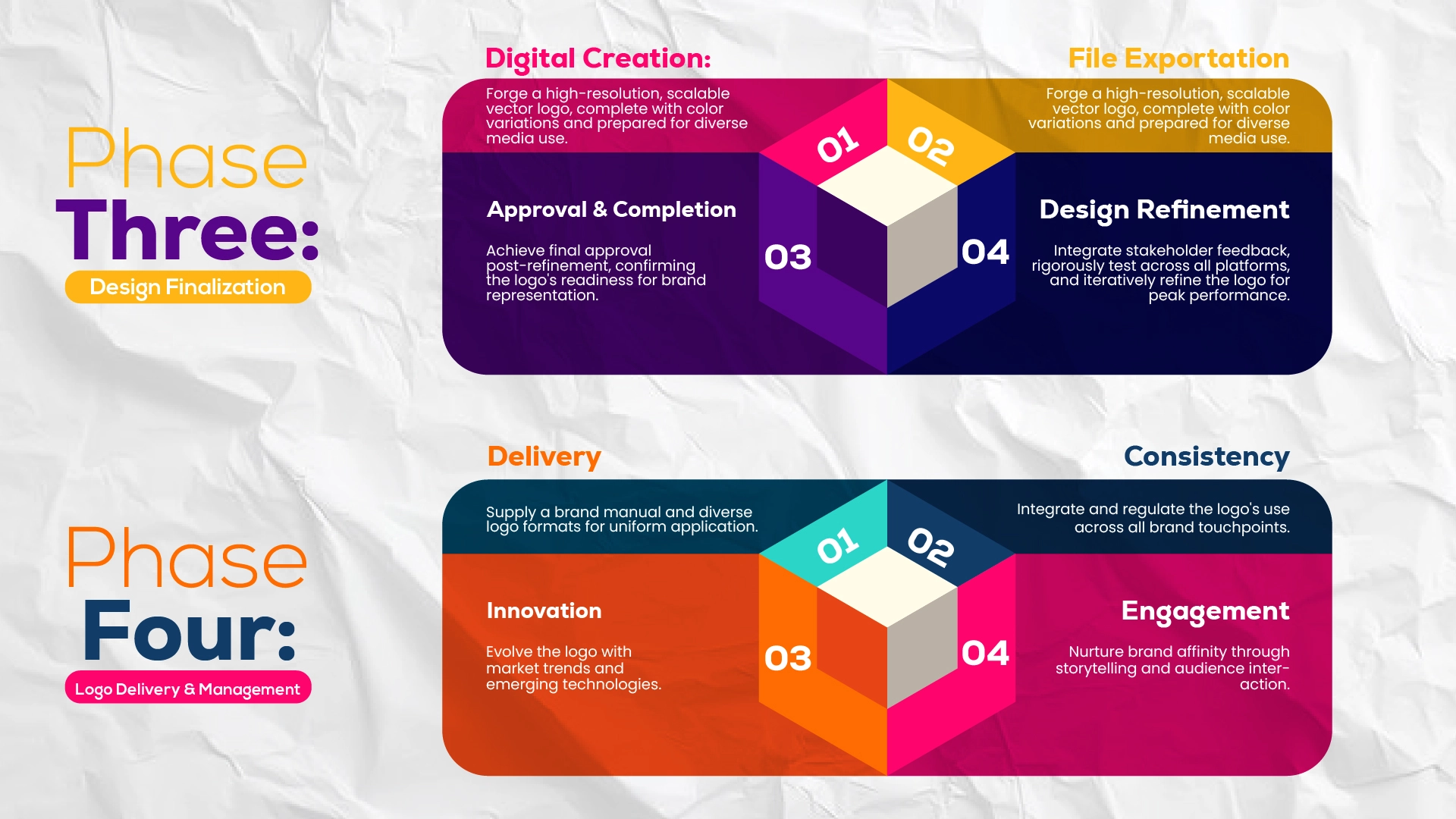
Phase Four: Refinement
This phase polishes your design to perfection:
Feedback implementation:
Test the logo across various platforms and applications, including social media, print materials, and website mockups. Make adjustments as necessary to ensure optimal performance across all touchpoints.
Finalization and approval:
Once satisfied with the design and all feedback incorporated, finalize the logo and obtain client approval.
Phase Five: Delivery
This final phase ensures the successful integration and application of your logo across all aspects of your brand.
Brand Guidelines Creation:
Develop a comprehensive document outlining the proper usage of your logo. This guide should include:
Logo variations:
Specify the different colour variations, negative space versions, and simplified versions of your logo, and when each should be used.
Size and placement:
Define the minimum size at which your logo is legible and provide guidelines for its placement on various surfaces and applications.
Clear space:
Indicate the required clear space around the logo to ensure its visual integrity and prevent overcrowding.
Allowed and prohibited uses:
Clearly outline how the logo can and cannot be used to maintain brand consistency.
Colour palette:
Define the official colour palette for your brand, including specific hex codes and CMYK values for accurate reproduction.
Typography guidelines:
Specify the approved fonts for use with your logo and provide guidance on their proper application.
Logo File Handover:
Provide the client with all necessary logo files in various formats:
Vector formats:
EPS, AI, and SVG for high-resolution printing and scaling.
Raster formats:
PNG, and JPG for web and digital media applications.
Grayscale and negative space versions:
For specific use cases.
Launch and : Integration
Integrate your logo seamlessly across all brand touchpoints:
Website:
Update your website design to incorporate the new logo prominently.
Logo variations:
Specify the different color variations, negative space versions, and simplified versions of your logo, and when each should be used.
Social media:
Design eye-catching social media profiles featuring your logo.
Marketing materials:
Update brochures, flyers, business cards, and other marketing materials with the new logo.
Packaging:
Redesign product packaging to incorporate the logo and reinforce brand identity.
Signage:
Update physical signage at your business location with the new logo.
Brand Management:
Monitor the usage of your logo across all platforms and ensures consistency with the established brand guidelines. Address any instances of misuse promptly and educate stakeholders on proper logo application.
Beyond the Design:
The Living Logo in a Dynamic World Your logo is more than a static image; it’s a living entity that evolves alongside your brand. As your business grows and your target audience shifts, your logo may need to adapt to maintain its relevance and effectiveness.
Embracing Adaptability:
Stay current:
Monitor industry trends and design shifts to ensure your logo remains contemporary and avoids becoming outdated.
Maintain core identity:
While adapting, always retain the core elements that define your brand and ensure consistent recognition among your audience.
Experiment with variations:
Explore different colour combinations, typography variations, and minor design tweaks to cater to specific contexts and platforms.
Develop a logo family:
Create a set of variations, including a primary logo, a simplified version, and a negative space version, to ensure optimal flexibility across various applications.
Leveraging Technology:
Dynamic logos:
Utilize animation or interactive elements to create a dynamic logo that responds to user interaction or changes based on context.
Augmented reality:
Integrate your logo into augmented reality experiences to engage your audience in innovative and immersive ways.
Personalization:
Explore ways to personalize your logo based on user preferences or data to create a more unique and engaging experience.
Building a Legacy:
Invest in brand storytelling: Craft a compelling narrative around your logo and its evolution to deepen its significance and connect with your audience on an emotional level.
Showcase your history:
Celebrate your brand’s journey by showcasing the evolution of your logo over time. This demonstrates your brand’s heritage and adaptability.
Embrace community feedback:
Encourage your audience to share their thoughts and interpretations of your logo to foster deeper engagement and brand loyalty.
The Enduring Power of a Well-Crafted Logo:
A logo is a cornerstone of your brand identity, a visual ambassador that speaks volumes about your values and aspirations. By investing time and effort in crafting a logo that is effective, adaptable, and imbued with meaning, you create a powerful tool that will drive brand recognition, build trust with your audience, and propel your brand toward enduring success. Remember, your logo is not just a symbol; it’s a living entity that reflects your brand’s journey and its potential for future growth. Embrace the evolution, adapt to change, and leverage technology to keep your logo fresh, relevant, and impactful. As you do, your logo will become a beacon that guides your brand toward an ever-brighter future.
